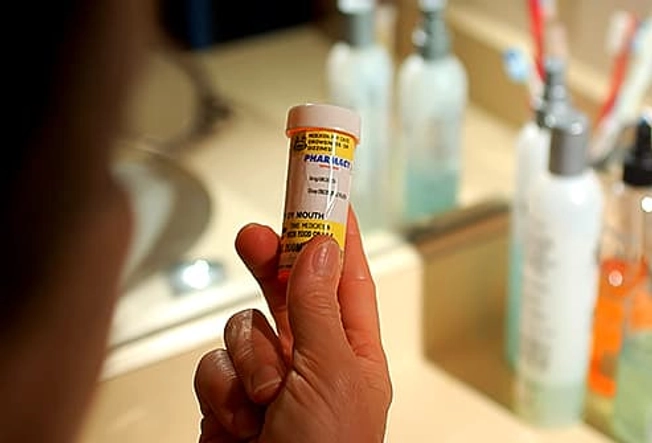What You Need to Know About Ankle Replacement


What Happens in the OR
You'll either get general anesthesia, which puts you to sleep, or a nerve block, which lets you stay awake during surgery. Both keep you pain-free.
Your surgeon will make a cut in the front and sides of your ankle and remove the damaged bone and cartilage. They then smooth the surfaces of the bones and replace your joint parts with some made from plastic and metal. The operation takes about 2 and a half hours.

After Surgery
Your leg will be numb for up to 18 hours during and after surgery. After that, you might feel some pain, but you'll get relief from medicine that you take by mouth and through an IV.
A dressing will cover the incision. You'll wear a splint that's hard in the back and soft in the front. It gives your ankle room to swell and protects you from injury.

Days 1-2: Recovery Begins
Your medical team will ask you to get up and start moving as soon as you can. You'll need to use crutches or a walker, because you have to keep your weight off your new ankle for the next 4-6 weeks or so.
You might still need some pain-relief medicine to stay comfortable.

Days 2-3: Ready to Go Home
You'll probably stay in the hospital for 2 to 3 days. You can leave once your pain is under control and you can get around safely with crutches or a walker.
Either you'll go home or get sent to a rehab center, where you'll learn how to get back to your normal activities.

Week 1: First Days at Home
Take the medicine your doctor prescribed to relieve pain. If it's mild, you can use an over-the-counter drug such as ibuprofen or acetaminophen.
When lying down, put pillows under your leg to keep it raised above your heart, which cuts swelling and helps the wound heal.
Call your doctor if your pain is severe or you have chills, a fever above 101 F, or bad-smelling green or yellow liquid draining from the wound. Also report any new swelling or any numbness right away.

Personal Hygiene
Keep the bandage on your wound clean and dry. If it gets wet, that can raise the chances of an infection.
Your doctor can tell you when it's OK to start taking showers. You might need to cover the bandage with a plastic bag to keep it dry. Sit on a bench or chair while you shower to keep safe.

Weeks 2-3: Take It Easy
Take time off from work and get someone to help with meals and housework so you can rest and recover. You won't be able to drive until you can press down on the pedal without feeling pain.
You might be able to start doing gentle exercises to improve your range of motion, as long as you don't put any weight on the ankle. You'll see your doctor about 2 weeks after surgery to remove the stitches.

Weeks 4-6: Resume Your Activities
You might be able to go back to work. But if your job is physically demanding, you'll have to wait longer.
Your doctor will recommend physical therapy to strengthen your ankle and increase your range of motion.
You'll get an X-ray about 6 weeks after surgery. If your ankle is healing well, your doctor might tell you that you can stop using crutches. You'll switch from a splint to a boot that should allow you to start walking on the ankle.

Month 3: The Boot Comes Off
At this point, your doctor will give you a special shoe with a brace to hold your ankle steady.
As you get stronger, your physical therapist will give you more types of exercises to do. Ask your doctor how often you'll need to have follow-up visits.

Year 1: Get Moving Again
It can take a full year for you to walk like you used to and get back to most of your activities. Eventually, you should be able to swim, hike, and bike. Avoid high-impact activities like running or contact sports, which can damage the new ankle.
Most of the newer replacements last 10 years or more.